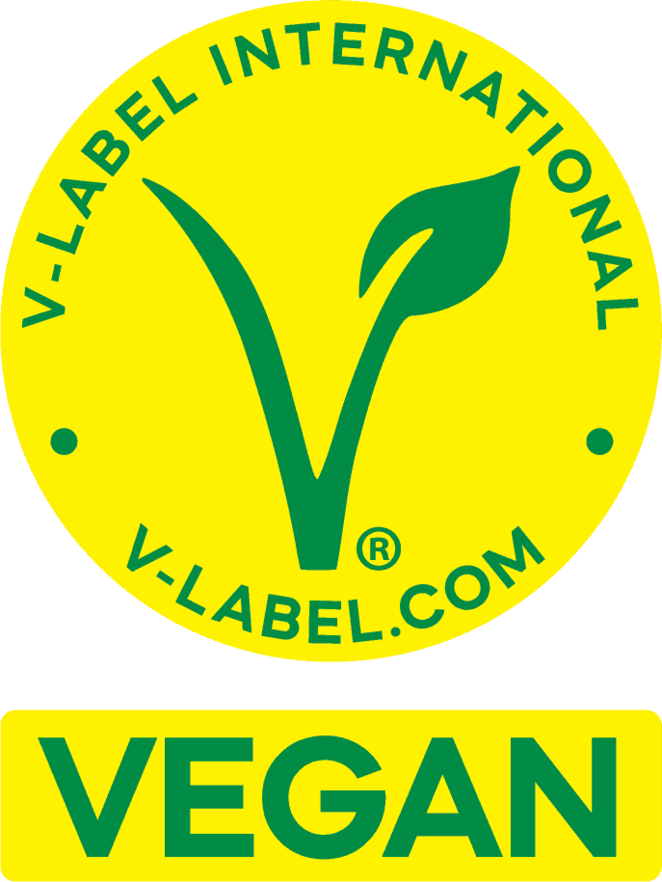So much wrong about this chart. It is factually correct, but it answers the wrong question. This chart makes it way too easy to optimise for cheap protein, which is misleading. It is not this what it takes to have a healthy organism. It takes a varied diet, with balanced quantities of liquids (see milk), vitamins (see sprouts), fatty acids (see salmon), minerals (see shrimps, eggs, walnuts), and actually carbs (potatoes, rice, spaghetti).
I had pinto beans and rice today. Beans, lentils, and peanuts make up the majority of the protein I get, turns out it’s probably because of price.
Monetary cost is the wrong y-axis here, as it optimkzes only for mega-scale farming without taking its real costs in consideration. It should be ‘true cost’, which also accounts for environmental-, animal- and climate mitigation cost. And subsidies.
What’s the cost of an animal’s life, human or otherwise?
I recognize you’re trying to add in externalities that haven’t been included, but determining a cost of life links it to some sort of utility, which I don’t think it should be. Sentient lives should never be treated as a means.
I agree with you on principle, but this chart is economics-based, like it or not. And many people do think like that.
My point here is for them: this chart is not realistic. For example, it almost equates lentils with chicken. Even though chicken involves a lot more costs, including in animal welfare, societal, etc.
I’d have to ask, what do you mean when you say the “cost […] of animal welfare”?
I agree the chart is unrealistic, but perhaps for subtly different reasons.
Surely there are some who would be happy to put a pricetag on the suffering of others, but on principle, I think such thinking should be avoided by vegans, regardless of if other people are comfortable doing so.
This chart is useful as a guide for consumers: How much protein do I get and how much does it cost me?
It doesn’t seem to be designed to show anything else.
While I agree with the general sentiment, it’s absurd to compare dried pasta to foods that dont need to soak up water.
Pasta will pick up about 100% of it’s volume in water when cooking and has about half the density of water from what I could find right now, so your 100g of dry pasta would be 300g of cooked pasta, so the effective protein density is 1/3 of that displayed on the chart
I always knew brussel sprouts were terrible.
micronutrients are also important and greens are often good with those
Lentil gang!




